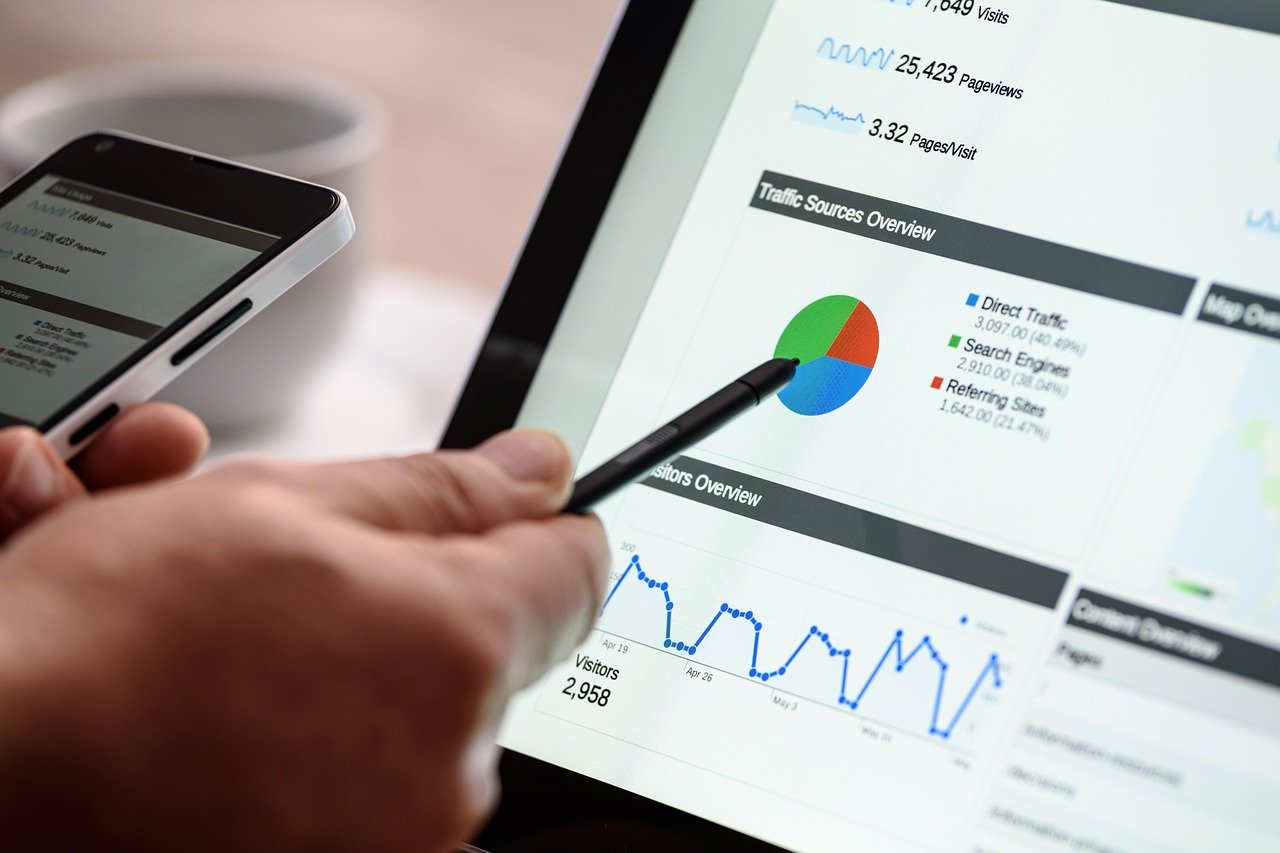Savings accounts can come in handy in many ways. They help you save for a rainy day, keep your cash safe, and earn some interest along the way.
But with so many savings account options out there from different banks, it’s easy to get overwhelmed.
Ask yourself these questions first
The first thing you need to do is decide how you intend to use the savings account.
Maybe you’re saving up for a big purchase like a home renovation or a car. Maybe you want to save up for a vacation or retirement. Or maybe you simply want to set aside some money for an emergency fund. Whatever it is, be clear on what your goals are.
Once you know what the savings account is for, determine what kind of timeline you’re looking at. How soon will you need to access the fund?
And lastly, how do you want to access your savings account? Do you prefer the brick-and-mortar banking experience or do you like doing it all online?
Answering these questions will help you narrow down your choice because not all savings accounts offer the same features and benefits.
After that, there are a few factors you must consider when distinguishing between savings accounts. Here are the most important ones:
- The interest rate
The interest rate (aka: annual percentage yield or APY) determines how much money you’ll make from keeping your money in the savings account.
Savings account interest rates change over time, but as of June 15, 2022, the national average was 0.07%. That means if you deposited $1,000 and left it there for a year, you’d earn 70 cents. So, not much.
But then again, the point of savings accounts is not to grow your money. That’s what stocks and other investments like real estate are for. Savings accounts are primarily meant to keep your money safe and accessible.
That said, you still might as well go for the highest interest rate on a savings account that you can find. Some online high-yield savings accounts offer interest rates over 1% (as of June 2022, anyway).
Generally, online banks can offer higher interest rates since they don’t have the overhead costs that brick-and-mortar banks have. So if you want to get the highest return, go for a high-yield online savings account.
- Protections
Next, choose a bank that’s FDIC-insured. Most banks are, but it’s important to make sure. The FDIC (which stands for Federal Deposit Insurance Corporation) insures your money in case the bank fails. The standard coverage is up to $25,000 per depositor, per bank, for each account ownership category.
If you want to protect your savings account against creditors, there are different ways to do this as well, including opening an exempt or offshore account. The point is you want your savings account to be safe from loss and possible levies or garnishment.
Some savings accounts charge fees. These could include monthly maintenance fees, withdrawal fees, wire transfer fees, and fees for overdrafts or returned deposits.
While you may not avoid all fees, you at least want to choose a savings account without regular monthly fees—especially when so many banks offer this.
To avoid overdraft fees, see if the savings account offers overdraft protection by linking to another account. To avoid wire transfer fees, see if the savings account is compatible with money transfer apps like Zelle or Venmo.
At the end of the day, it shouldn’t cost you to give your money to a bank. They should be the ones compensating you, usually via interest.
- Opening deposit requirements
Many banks make you deposit a minimum amount to open a savings account. Usually, it’s anywhere from $25 to $100.
If you’re planning on saving a lot of money, this shouldn’t be a problem. But if you don’t have much to start with, look for a savings account that has a small minimum deposit requirement (or none at all).
- Minimum balance
Along with minimum opening deposits, some savings accounts require you to keep a minimum balance. You may need to stay above a certain threshold to earn a particular interest rate, avoid monthly fees, or keep the account open at all.
If you’re planning to save a good chunk of money, you may not need to worry about this. But if you are worried, look for a savings account without a minimum balance requirement.
- Mobile check deposit features
Mobile banking is becoming a new norm. Most banks offer an app that lets you check your balances from your phone or tablet on the go.
One great mobile banking feature to look for is mobile check deposits. This makes depositing checks super convenient. You simply scan the check with your phone and then the money is instantly added to your savings account. That way, you don’t have to visit your local branch to get it cashed.
- Easy transfers and withdrawals
Lastly, you want a savings account that makes it easy to transfer and withdraw funds. You should be able to instantly transfer between linked accounts with the same bank (like between a savings account and a checking account with a debit card) and automate routine transfers.
The same goes for withdrawing money. But remember, federal law limits how often you can withdraw from savings accounts to 6 times per month.
The bottom line
Well, there you have it! The top factors you need to consider when choosing a savings account. The right one will be different for everyone. It really depends on your savings goals, access needs, and banking style (online vs. brick and mortar).
That said, any savings account should keep your money safe and not take advantage of you through excessive fees. So try to find the right balance of features and benefits and you’ll do just fine.
Disclaimer: This content does not necessarily represent the views of IWB.
Trending:
Views: 0

